You are learning about the regulations for zero liquid discharge in production. First of all, we need to understand what zero liquid discharge – ZLD is?
Nội dung
Some things to know about zero liquid discharge
Zero liquid discharge process “Zero liquid discharge” is a water treatment process that uses technical solutions to recover maximum clean water and turn pollutants in water into solid waste.
Currently, in the process of water treatment and clean water recovery, “Zero liquid discharge” is the most demanding solution. The recovered clean water meets the standards for reuse in production and life.
Therefore, “Zero liquid discharge” creates great value for businesses, the meaning of protecting resources and the environment, including:
- Save costs on purchasing water for production and wastewater treatment.
- Significantly reduce the amount of waste discharged after production. Recover some valuable raw materials for production, such as sodium salt.
- Save water and conserve water resources. Protect the environment and ecosystem.
- Minimize the impact of discharge on the environment, greenhouse effect.
- Meet green standards in production. Build a safe brand, friendly to users and the environment.
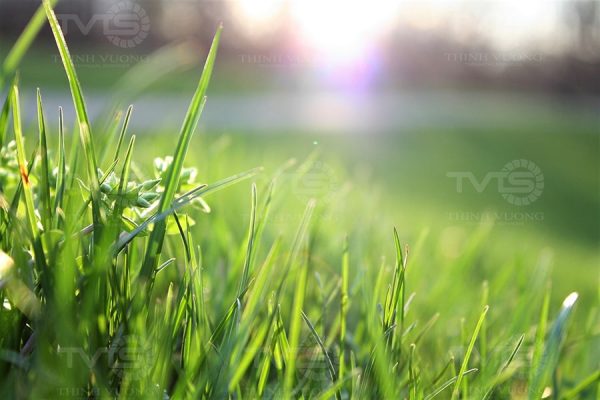
With the values that “Zero liquid discharge” brings, perhaps everyone is interested in the regulations and standards on ZLD in countries around the world and in Vietnam.
Let’s take a look at some of the current regulations on Zero liquid discharge:
In Vietnam.
Article 4 of the general principles of waste management in Decree 38/2015/ND-CP states:
1. Organizations and individuals are responsible for strengthening the application of measures to save resources and energy; use resources, renewable energy and environmentally friendly products, raw materials and clean energy; cleaner production; environmental audits of waste and other measures to prevent and minimize waste generation.
4. Wastewater must be collected, treated, reused or transferred to a competent unit for reuse or treatment to meet environmental technical standards before being discharged into the environment.
5. The State encourages the socialization of waste collection, transportation, reuse, recycling, treatment and energy recovery from waste”.
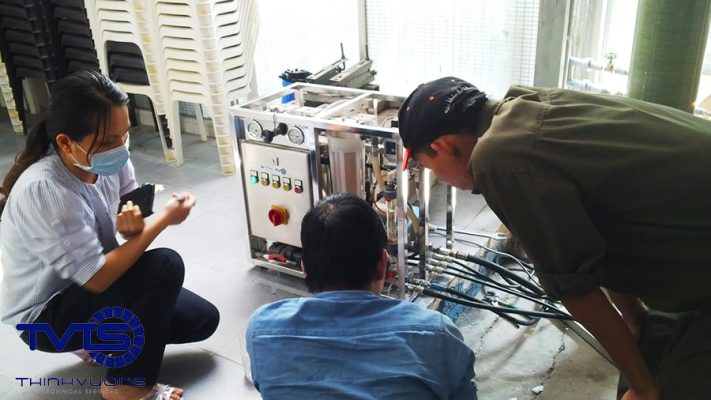
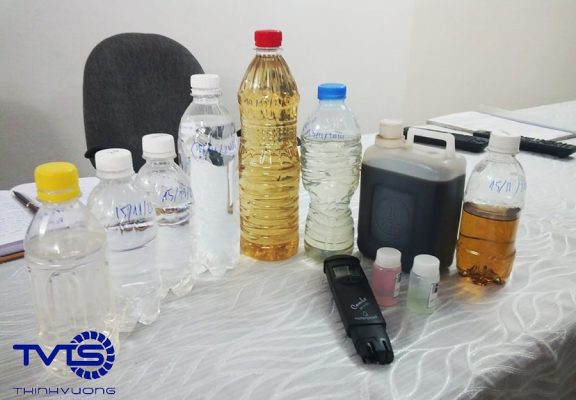
In general, according to Decree 38/2015/ND-CP on Waste and Scrap Management, our country does not have clear regulations on Zero liquid discharge – ZLD. Currently, it only regulates discharge standards for wastewater, and encourages the reuse of resources to reduce emissions and protect the environment.
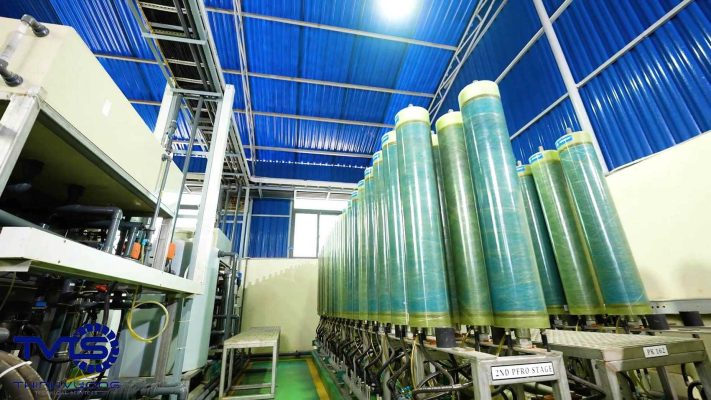
In UK.
According to the environmental management newspaper, the environment and urban page has listed some policies and regulations on ZLD in some countries around the world as follows:
In the UK, for environmental permits, there must be evidence of the best available technology, including water efficiency. There are regulations on water reuse but no specific targets have been set.
In addition, there are some preferential tax policies and tax reductions for businesses that save and reuse water.
In America.
Zero liquid discharge water reuse regulations are issued and administered by each state. But they are also limited by general principles.
Some regulations are administered by the EPA United States Environmental Protection Agency:
- Safe Drinking Water Act (SDWA): Water suppliers may extract surface or groundwater under a permit. However, the quality of water supplied to the market must ensure the minimum quality specified.
- Safe Drinking Water Law Compliance Monitoring: EPA has an automatic sampling system throughout the management area, the goal is to monitor the quality of the water supplied at a safe level. People will be notified immediately if the water in a certain area does not meet the requirements.
- The Resource Conservation and Recovery Act regulates the management of hazardous waste from its generation to its final treatment.
- There are also a number of other regulations but there are no specific regulations on the reuse of ZLD wastewater for use.
In China.
According to chinawaterrisk, in China, at least 7 thermal power plants and 10 chemical plants have installed and operated ZLD systems. However, regulations on ZLD are not yet mandatory at the national level.
Some provinces have policies to encourage the use of ZLD. Moreover, local governments have committed to promoting ZLD in the electricity, steel, coking, coal, etc. industries.
Create programs to reduce environmental impacts, aiming for ZLD with valuable rewards in cash, preferential loans or tax breaks.
In Germany.
Strict regulations on emissions from the coal power industry prompted the creation of ZLD in the 1980s.
Germany participated in the development and establishment of the UNECE 19 Convention on the Protection and Use of Transboundary Waters in 1992 with 41 members. Always ensuring water quality in river basins entering other countries.
Strict requirements for drinking water quality are stipulated in the German Drinking Water Ordinance (Trinkw V 2001) and the EU71 Drinking Water Directive, leading to high discharge requirements. Since then, the choice of ZLD has become more popular.
Drinking water quality regulations table for some water quality parameters in Germany:
| STT | Parameter | Limit |
| 1 | E. Coli | 0/250 ml |
| 2 | Enterococci | 0/250 ml |
| 3 | Acrylamit | 0.0001 mg/l
Calculated according to polymer specifications |
| 4 | Benzen | 0.001 mg/l |
| 5 | Bo | 1.0 mg/l |
| 6 | Br | 0.01 mg/l |
| 7 | Xyanua | 0.05 mg/l |
| 8 | 1,2-dicloetan | 0.003 mg/l |
| 9 | Flo | 1.5 mg/l |
| 10 | Nitrat | 50 mg/l
The sum of the nitrate concentration quanta in mg/l divided by 50 and the nitrate concentration in mg/l divisible by 3 must not be greater than 1. |
| 11 | Active ingredients in pesticides and active ingredients in disinfectants | 0.0001 mg/l |
| 12 | Active ingredients in pesticides and active ingredients in total disinfectants | 0.0005 mg/l |
| 13 | Mercury | 0.001 mg/l |
| 14 | Selen | 0.01 mg/l |
| 15 | Uran | 0.01 mg/l |
| 16 | Amethyst | 0.01 mg/l |
| 17 | Benzo (a) pyrene | 0.00001 mg/l |
| 18 | Cadimi | 0.003 mg/l |
| 19 | Cu | 2.0 mg/l |
At the centralized treatment plant in Tiruppur, India (2005).
Textile industry effluents in India are discharged directly into the surface water system. This leads to serious pollution of water quality and the lives of people in the surrounding areas. Under strong opposition from the people, in 2011, the Tamil Nadu Pollution Control Board implemented Zero liquid discharge regulations.
Tiruppur is a major knitwear hub, contributing 90% of India’s total cotton knitwear exports. One of the largest textile manufacturing hubs in India.
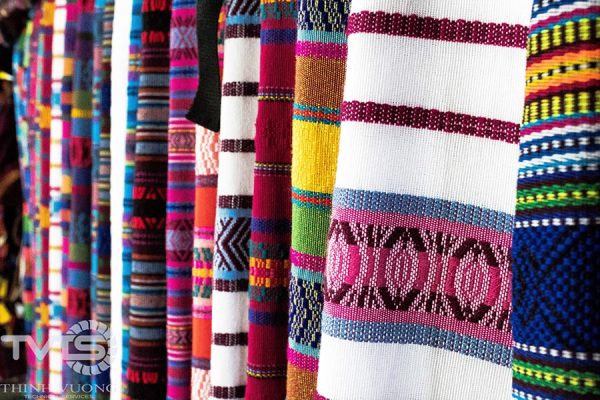
Zero liquid discharge is mandated in the factories in Tirupur district. Textile factories are required to remove almost all pollutants from the effluent.
However, at present there is no commercially viable technology to achieve the stringent standards. This has forced many units to close down operations or shift to other states where zero liquid discharge is not implemented.
In addition, according to another report issued by CRISIL in February 2011, the government mandate to ensure zero liquid discharge (ZLD). ZLD will impact the operating costs of dyeing and bleaching units, increasing them by 7% to 10%.
Finally, under the pressure of huge orders and government policies, Tiruppur has become the first textile cluster in India to achieve “Zero liquid discharge”.
At ZDHC (Zero Discharge Hazardous Chemical) organization.
Riêng đối với tổ chức ZDHC (Zero Discharge Hazadous Chemical) đã tạo ra chương trình Roadmap to zero. Chương trình dẫn dắt ngành thời trang loại bỏ các hóa chất độc hại khỏi chuỗi cung ứng của mình. Tạo ra sản phẩm thân thiện với người lao động, người tiêu dùng và môi trường.
ZDHC có sự tham gia của hơn 150 cộng tác viên từ những nhãn hàng lớn như: ASOS; Adiddas; Bemberg; Advance Denim; Hayleys Fabric; Jintec; Mango; Kingdom; …
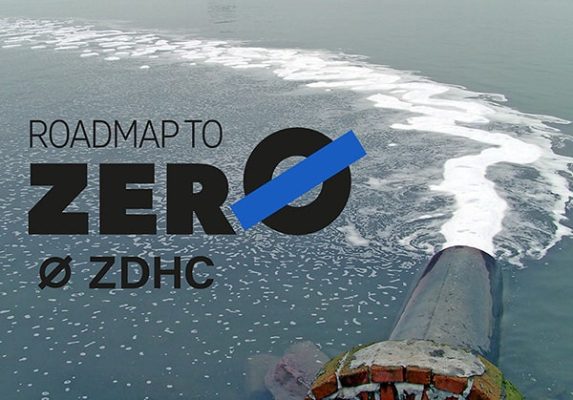
Enterprises to participate in the ZDHC organization need to meet strict regulations on toxic chemicals in: Input of the production process (input); During the production process (process); and Output (output): for both products and waste.
In which Zero liquid discharge is an assessment standard of the ZDHC organization. Here, ZLD is supported with simpler regulations than other treatment and discharge methods. Because of its clear advantages in the field of textile wastewater treatment.
To bring products to meet ZDHC standards, bringing the factory to meet ZLD standards is the simplest way. This may be the shortest and most economical way than other standards and requirements of the ZDHC organization.
Products that meet ZDHC standards will enhance the reputation of the brand and competitiveness in the market. Therefore, textile and garment enterprises are now aiming for ZDHC or ZLD for their factories.
Summary.
In short, most countries in the world are aware of the values that zero liquid discharge brings to human development. The global popularity of ZLD is something that will happen in the near future.
Construction units as well as investors of ZLD systems need to understand the policies and regulations on Zero liquid discharge (ZLD) in the host country. Learn from the experiences of countries that have gone before. Refer to ZLD technology and techniques to take the right steps for your business.
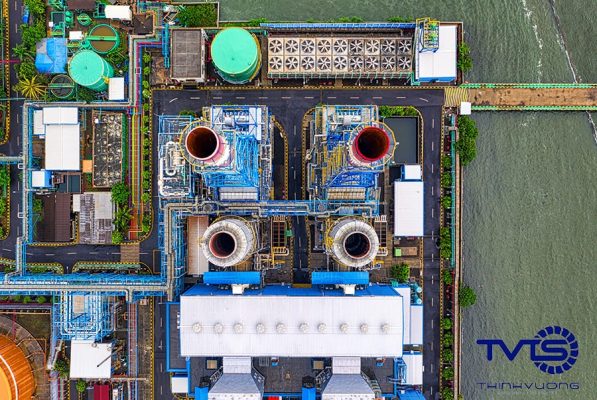
We thank you for taking the time to read this article. If there is any inappropriate content in the article that needs to be adjusted, please let us know so we can discuss and improve the quality of the article.
Thank you very much!
Related articles
The “Zero liquid discharge (ZLD)” solution does not discharge liquid



